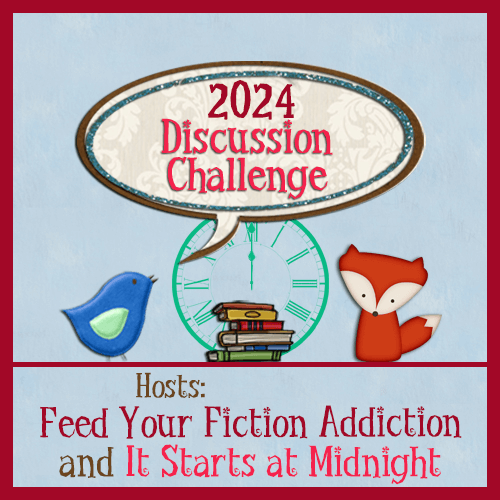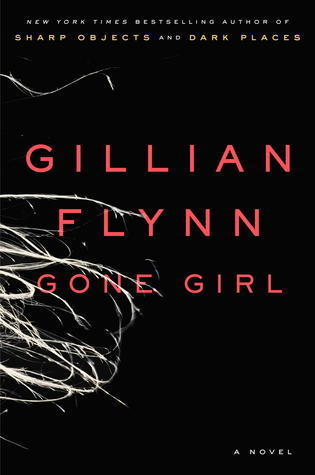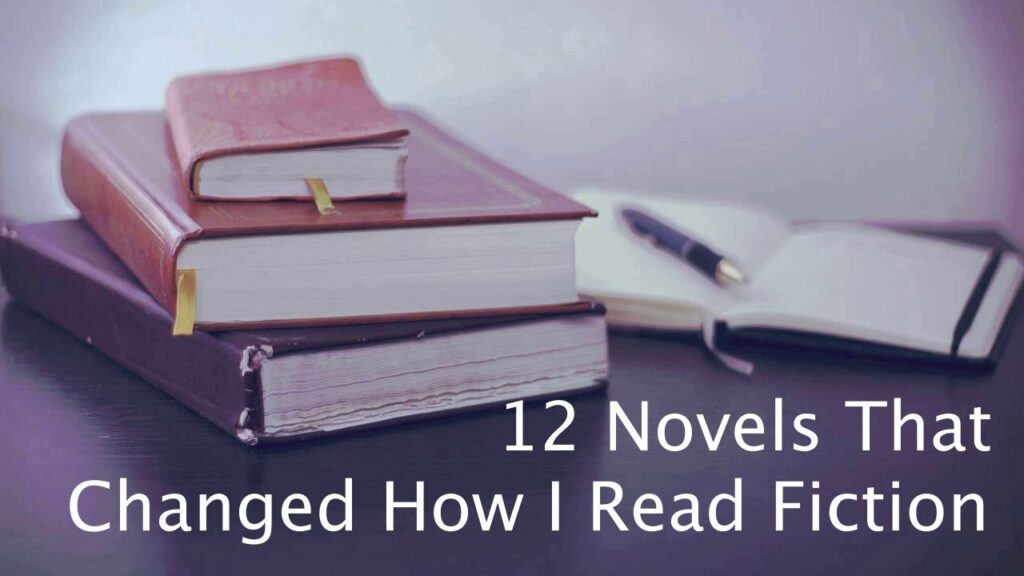Related Posts:
- Introduction & #1 All the King’s Men
- #2 A Portrait of the Artist as a Young Man & #3 The Murder of Roger Ackroyd
- #4 The Church of Dead Girls by Stephen Dobyns
- #5 The Debt to Pleasure by John Lanchester
- #6 The Short History of a Prince by Jane Hamilton
- #7 Drowning Ruth by Cristina Schwarz
- #8 The Drowning People by Richard Mason
Thanks to these two bloggers for sponsoring the annual Blog Discussion Challenge:
- Nicole at Feed your Fiction Addiction
- Shannon at It Starts at Midnight


#9 Gone Girl by Gillian Flynn
© 2012
Date read: 7/10/2012
I read this book the year after I got my psychology degree focusing on life stories. Life story writing is nonfiction, but in Gone Girl I immediately realized that Flynn uses life story elements to build the characterization of her two main characters and to shape the way readers evaluate and respond to those characters.
First, we recognize how cagey Nick is being in discussing his relationship with his wife and her disappearance. Second, we see Amy’s diary, which she has purposefully created to make Nick look suspicious. Third, we meet Amy’s parents, who have commandeered her life story to write the Amazing Amy books that have made them rich and famous.
By the time we get to the section of third-person narration about what Amy is currently doing, we’re suspicious of everybody and don’t know whom to believe or to root for. All we can do is watch as the rest of the story unfolds.
Of course, recognizing how Flynn uses life story elements to construct her novel doesn’t excuse or even explain how the characters, particularly Amy, became the people they are today. But these elements do pinpoint their characterizations. A reader may not like these characters and certainly doesn’t condone their actions, but there’s no doubt who these fictional people are. These characterizations also remove any ambiguity about the novel’s ending.
After I recognized how Gillian Flynn uses these life story elements to frame her fiction, I began seeing similar examples in just about every other novel I read. That’s how Life Stories in Literature was born.
© 2024 by Mary Daniels Brown

